Teaching Braille Mechanics to Students with CP or Decreased Tactile Sensitivity
Submitted by Charlotte Cushman on Jan 08, 2017
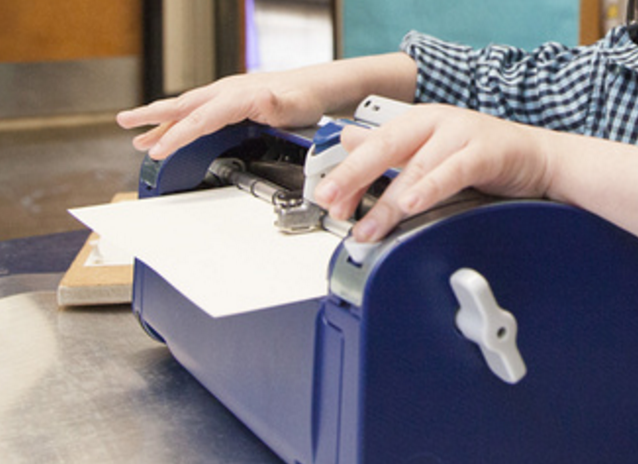 A member of our community asked if we had any activities or resources for teaching braille mechanics to students with Cerebral Palsy (CP) or decreased tactile sensitivity. We have included tips for both reading and writing braille. There are many activities on this site for developing tactile skills, fine motor coordination, finger and hand strength.
A member of our community asked if we had any activities or resources for teaching braille mechanics to students with Cerebral Palsy (CP) or decreased tactile sensitivity. We have included tips for both reading and writing braille. There are many activities on this site for developing tactile skills, fine motor coordination, finger and hand strength.
Fine Motor/Finger Strengthening Activities
- Motor Activities Checklist to Encourage the Development of Pre-Braille Skills
- Strong Hands Make Good Readers
- Bridging Gap from Pre-Reader to Braille Reader
- Finger-strength and pincer grip activities: getting ready for writing braille
- Teaching Finger Isolation to Braille Students with Additional Disabilities
- Providing Wrist Support for Braille Writer
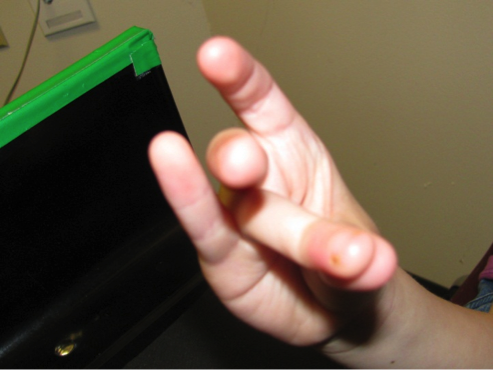
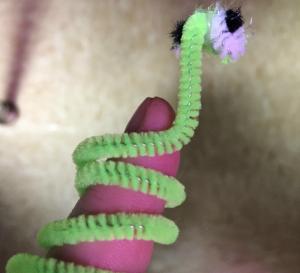
Tactile Discrimination Activities
- Texture Match Game
- Tactile Matching Game
- Texture Trays
- Tactile Exploration of Food Textures
- Adapting Tracking Activities for Braille Readers
- Tactile Tangrams
- Memory Caps Game
- Texti-Sticks
Alternate Braille Formats
- Jumbo braille
- Tack-Tiles
Adapted Braillewriters
There are a number of commercially available adaptations for braillewriters, as well as some that have audio output, which may be helpful to students with motor challenges.
- Unimanual brailler
- Electric brailler
- Large Cell brailler
- Extension keys for Perkins brailler
- SmartBrailler
- Mountbatten brailler
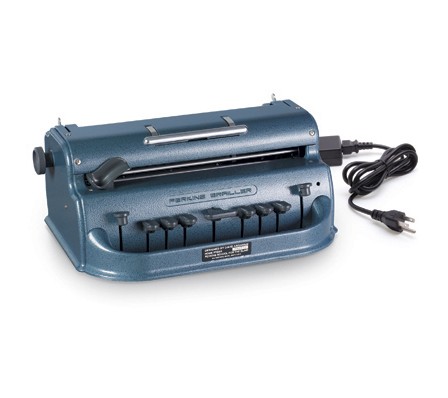
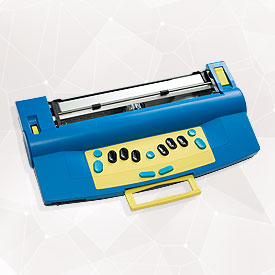
Other Ideas from the Field
Cheryl Brown shared the following tips:
Reading Braille for students with decreased tactile sensitivity:
- One needs to establish the student's ability to access braille through touch. If the student has limited sensitivity the teacher needs to determine which, if any, of his fingers have the best sensitivity. We assume that it is always the index finger, but this may not be the case. Doing activities with different fingers will help the teacher determine if one finger is better than the others. I would still teach the reading with all fingers if possible, as the other fingers can gather other info (length of word, beginning and end of line, etc.).
- If the student does not have the ability to use his fingers for discrimination then the teacher has to consider different body parts. For example, one teacher had a student discriminate with his lip.
- If the student doesn't show any ability to discriminate the braille cell, then tactile symbols which are more distinct can be developed for a coding system as reading braille may not be an option.
- Time needs to go into the process, as the student may be able to develop the sensitivity through practice. The student may need lots of extra time doing tactile discrimination activities before even getting to braille. Once braille instruction has begun, using the APH swing cell, Tack-Tiles or other larger braille devices might help the comprehension component leading to better tactile discrimination. It might be helpful to space between letters when learning to make discrimination easier.
- A lot will depend on what the goal is - reading novels, labeling items or making choices.
- Even if a student can't tell the difference between a full cell and an "a", there are things you can build on for increasing independence.
- The teacher should also explore hard copy braille paper, laminated braille paper, plastic braille paper or a refreshable electronic braille display as an evaluative comparison.
- Positioning should be looked at with the assistance with OT or PT's as needed.
Brailling for students who have decreased tactile sensitivity:
- Once you have determined that a student will be able to read what they write, then you can explore issues around sensitivity and the brailler.
- Brailling requires hand and finger strength, which should be a different issue from tactile sensitivity, however, these may be limited if a student has used their hands less often and therefore has less strength in them. If so, working on those is important (see my post on hand skills).
- If a student cannot tell where their hands are on the brailler, the teacher can use different textures on the keys (or texture on the middle keys only) to help.
- If the student has difficulty keeping their hands on the keys, the teacher can glue small round tubes (plastic tubing cut to 1 - 1 1/2 inch, which you can buy in hardware stores works) so that the student can slip his fingers into position when brailling. These can be lined with textures that the student likes to help them keep their hands on the keys if necessary.
Melissa Browning suggests:
Matching textures with significant tactile textures. Very gritty sand paper, "grass" welcome mat, etc.
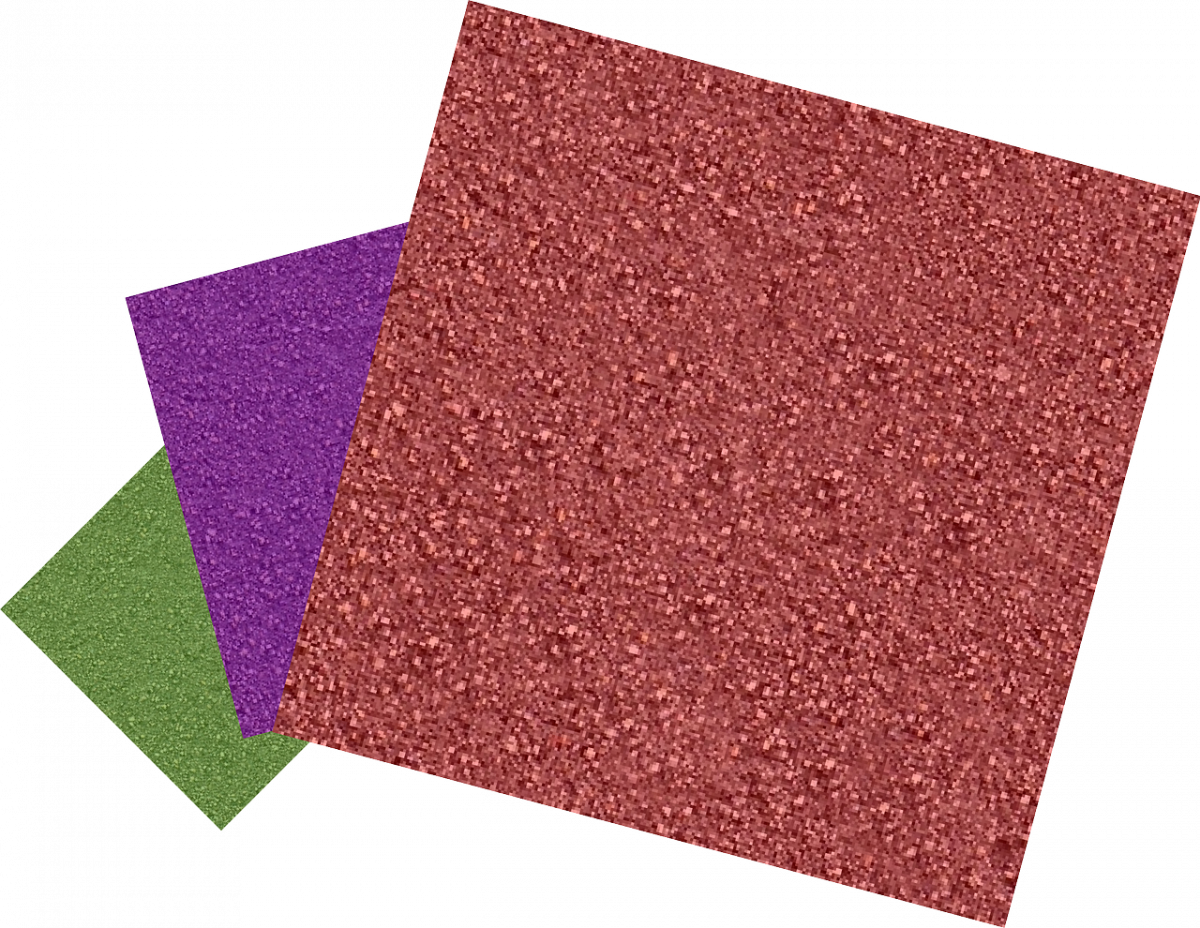
Andrea Story shared the following ideas:
- I've had some luck with Tack-tiles and using an APH peg slate with students with low tactile sensitivity.
- Try brailling the student's favorite song or rhyme in a short (4 page) book format.
- The key is to give 3 to 4 line spaces between lines as well as extra 3-4 spaces between words. First, your hands provide the model that their hands "ride", then your hands hover over "herding" their hands as they take over the tracking. All the while you are reading/singing out loud what their hands are touching.
- One of my students (with multiple disabilities) is really into sound effects and so I make a slurping sound when she's at the end of a line. It reminds her to move back to the left after reaching the end of a line. Using this silly sound I was able to move away from a physical prompt and I don't have to say a word and it makes her smile.
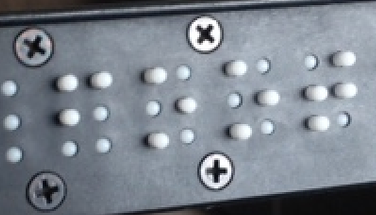
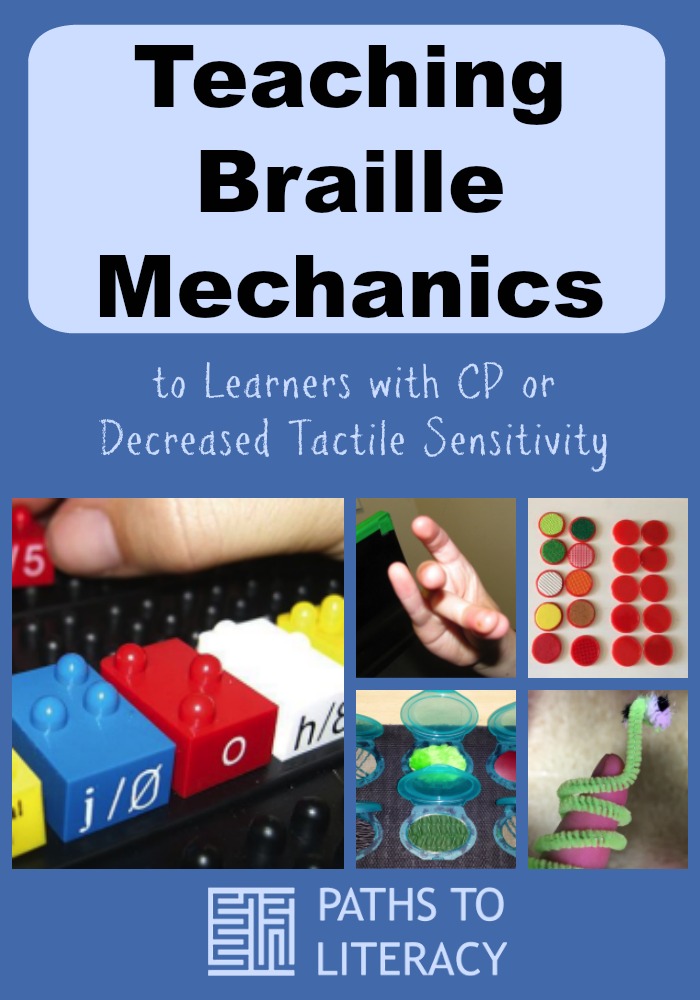

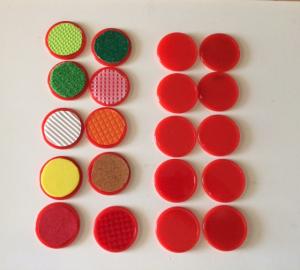
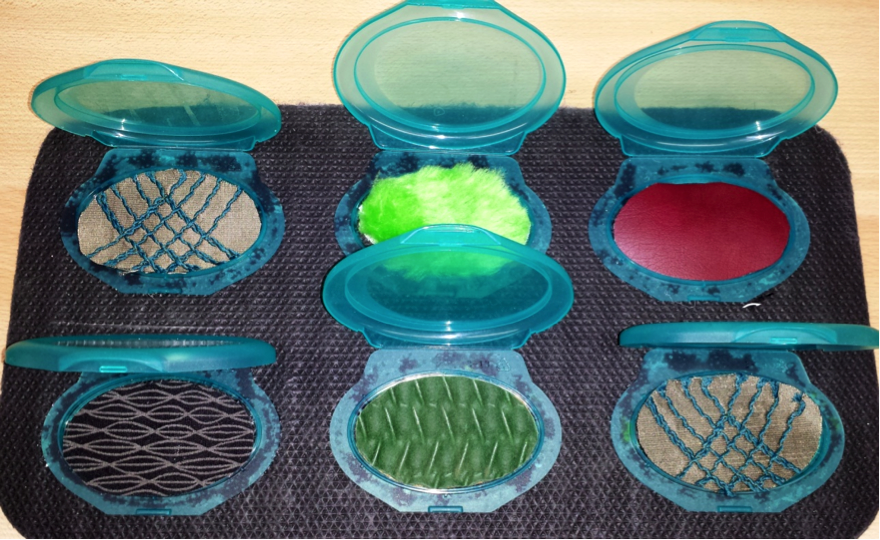
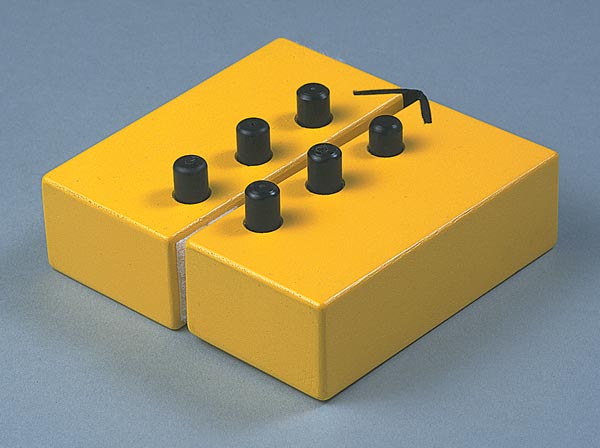
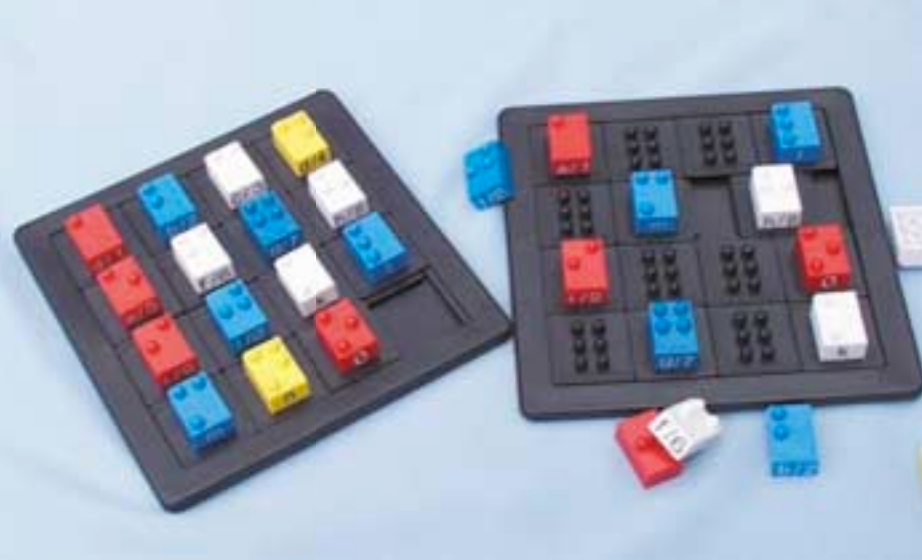
Comments
Braille
Teaching braille reading